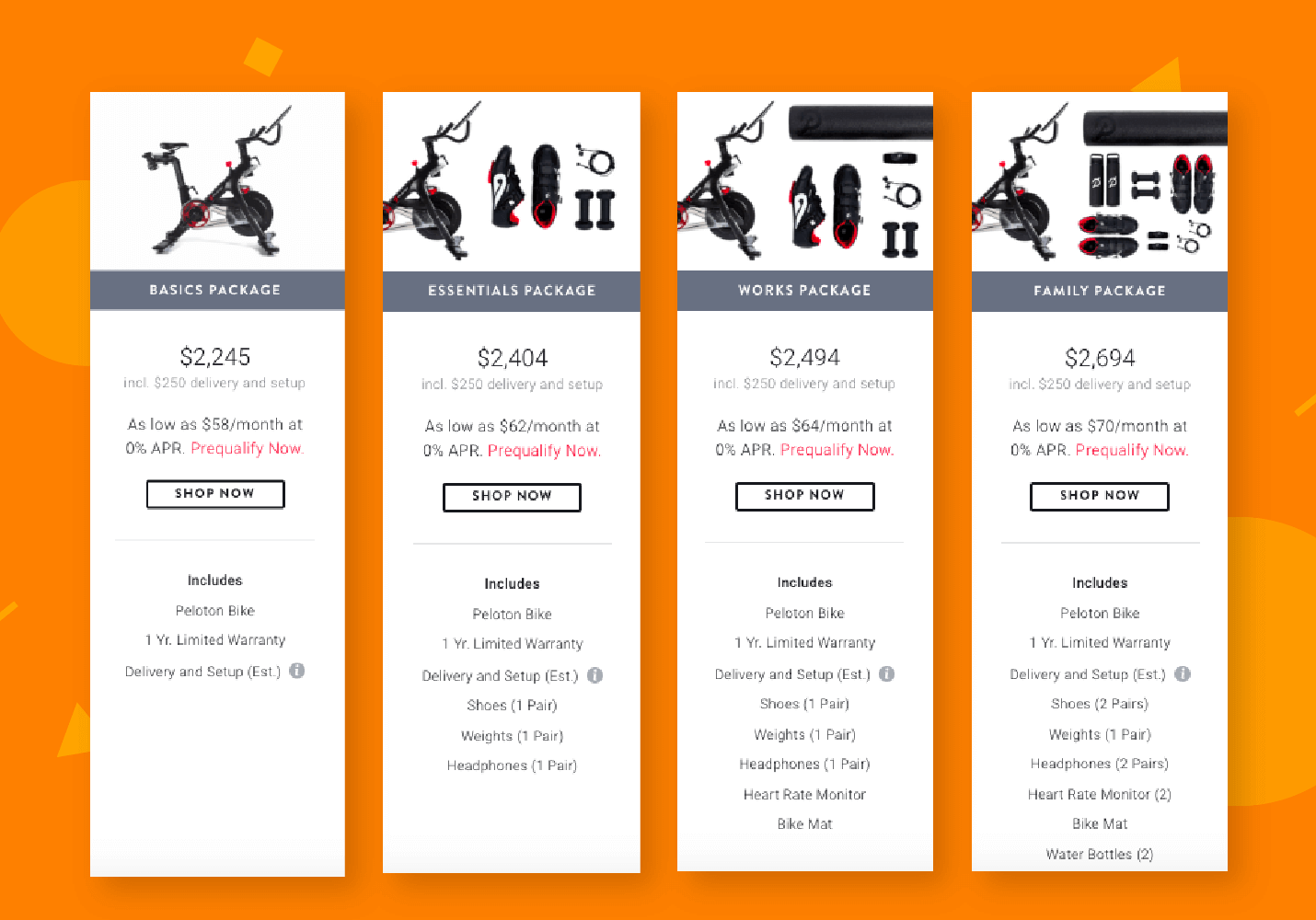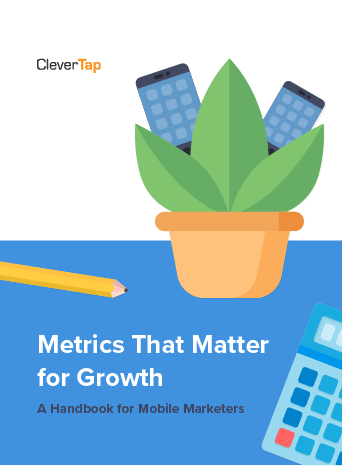The secret to acquiring and retaining users is simple: understand their value.
Knowing the value of your users helps you measure marketing efforts, forecast revenue goals, and even helps you determine what monetization model is best for your app.
Average Revenue Per User (ARPU) helps you do just that.
What is Average Revenue Per User (ARPU)?
Now that we know what ARPU stands for, let’s dive into its definition. Average Revenue Per User is the total revenue your app generates averaged across all users. This doesn’t mean that every single user contributes this amount, but the average accounts for outliers.
Some people brush off ARPU as a vanity metric, but the functional benefits of measuring tangible revenue from the average user is a metric that impacts the bottom line. ARPU is not a GAAP metric but there is a generally accepted process for calculating.
How to Calculate Average Revenue Per User
ARPU formula:
ARPU = Total Revenue Generated During Period / Number of Users During Same Period

For example, let’s say you generated $500 in revenue last month and had 1,000 active users. Your average revenue per user would be $0.05.
The time period you measure should be based on how often people use your app.
The most common time period when calculating Average Revenue Per User for a mobile app is monthly, especially with a monthly subscription app. Some examples of mobile apps that would calculate a monthly ARPU include media/streaming apps, food delivery apps, and ecommerce apps.
However, apps where user activity is more sporadic, such as travel or rideshare apps, would likely benefit from calculating a quarterly or annual ARPU.
You may now be asking, should I include my freemium users into this calculation? Free tier users should definitely be included in the ARPU calculation as it helps monitor the sustainability of your freemium model. In other words, are your premium users bringing in enough revenue to cover expenses incurred from free users?
If you narrow your calculation to include paid users only, some refer to this as ARPPU or Average Revenue Per Paying User.
What is a Good ARPU?
The benchmark for an active user is around $0.04 per month.¹
Take this number with a grain of salt as the standard for ARPU fluctuates depending on location, industry, and pricing model. Like most KPIs, keep your ARPU tracking upward. Lower ARPU means you need more customers to stay afloat.
Downward trends are ok as long as your overall business revenue is increasing — like if customers are upgrading from monthly to annual subscriptions.
Why Track ARPU?
Calculating and regularly measuring your ARPU helps you:
1. Track month-to-month (or whatever time period you choose) performance of your paying users
ARPU is most commonly measured on a month-over-month basis, but it can be measured daily, weekly, quarterly, annually, or really any time period, depending on the business model. Setting company-wide goals and objectives to increase this metric paired with full transparency into performance can boost the business into higher realms of success and profitability.
2. Compare your revenue against competitors
Understanding how your ARPU compares within the competitive landscape can help you gain insights into your pricing model. Understanding how your competitors are monetizing their users can be informative regarding the sustainability of their business.
For example, if your top competitor is spending more on customer acquisition than they are making back in ARPU, you can be more comfortable in your business model, knowing theirs is unsustainable.
3. Identify your best customer acquisition channels
Measuring and segmenting your ARPU based on channel can help identify your most effective customer acquisition costs and allow you to invest more heavily in them. This will also help identify the channels that are least profitable, and therefore should be divested.
4. Understand which monetization models and plans your users prefer
Analyzing and understanding which offer, subscription plan, or price converts the most users can lead you to simplify your monetization strategy and increase ARPU. This is where A/B testing comes in.
Split testing your pricing models can show where a simple change in price can boost sales significantly. In conjunction with your analysis of a competitor’s ARPU, customer acquisition cost, pricing, and more, you can determine if you are leaving money on the table in your monetization.
5. Forecast revenue growth month over month
Measuring your ARPU consistently (like month over month) can help predict your monthly recurring revenue (MRR). If you know your current ARPU, and have grown users at a steady rate, you will be able to accurately forecast your revenue growth.
ARPU vs. LTV
Although both Average Revenue per User and Customer Lifetime Value (LTV) help track revenue, they measure different things.
LTV is used to predict the profit margin across the entire lifecycle of a customer. Unlike ARPU, LTVs take into account all variable costs such as acquisition expenses, operating expenses, refunds, transaction fees, and customer support.
LTV formula:
Lifetime Value = Average Conversion Rate x Average Number of Conversions Per Time Period x Average User Lifetime

In short, LTV measures the value of each customer at an individual level, whereas ARPU measures ongoing profitability across the business as a whole.
How to Improve Your ARPU
1. Adjust pricing plans based on what paid users care about.
As you grow, so will the needs of your users. Learn what functionalities add value to their user experience and offer premiums.
For example, if lots of users are willing to pay for a monthly subscription, push them toward an annual subscription for a lower monthly cost. Tiered pricing is a great way for users to choose which capabilities they’re willing to pay more for and potentially boost your ARPU.
Let’s look at Headspace. They offer three different plans with pricing based on how often someone uses the app. They even push the annual subscription by labeling it “most popular” to nudge new users to commit to a longer subscription. 
2. Discover opportunities for upselling.
Identify where your users would benefit from having additional functionalities and products. Limiting trial runs lets users experience what’s offered to them if they subscribed.
Looking at our Headspace example, once a freemium user tries out a couple of meditation sessions, the app alerts them to “unlock more sessions” by subscribing. They send an email to the user that nudges them to subscribe — listing off features that are included with a subscription.
An ecommerce app might consider product bundling, which increases both the customer’s average order value (AOV) and the perceived value of the product.
Consider Peloton: they offer several different product bundles for a price that’s perceivably lower than if you were to purchase everything separately. Customers see this as a good deal, they spend more, ARPU goes up — everyone wins!
3. Focus on the users that matter.
By measuring ARPU, you’re armed with the tools to learn which users are the most valuable to your business, and which ones aren’t.
For example, say you have an ecommerce app. One user buys something every month but only spends $10. Another user only buys twice a year but spends $250 each time. The second user would have a higher ARPU and be more valuable to your business, even though they’re less likely to convert in any given month.
Over time, you’ll discover certain attributes that help you predict the profitability of your users. Use those metrics to focus your resources on the most high-growth potential customers to obtain a higher ARPU.
ARPU and You
Calculating ARPU is not rocket science, but understanding the part it plays in growth marketing will place a higher level of importance on it when you are trying to build and grow your rocket ship (as startups are commonly referred).

Metrics That Matter for Growth: A Handbook for Mobile Marketers
Not sure what you should be measuring? Get started with our guide and learn how to track metrics like a true pro.
Last updated on January 30, 2025


















